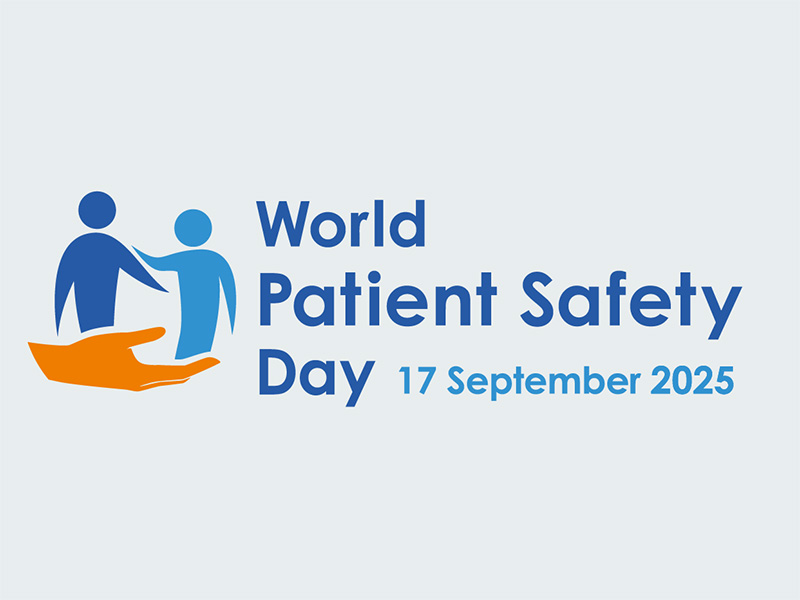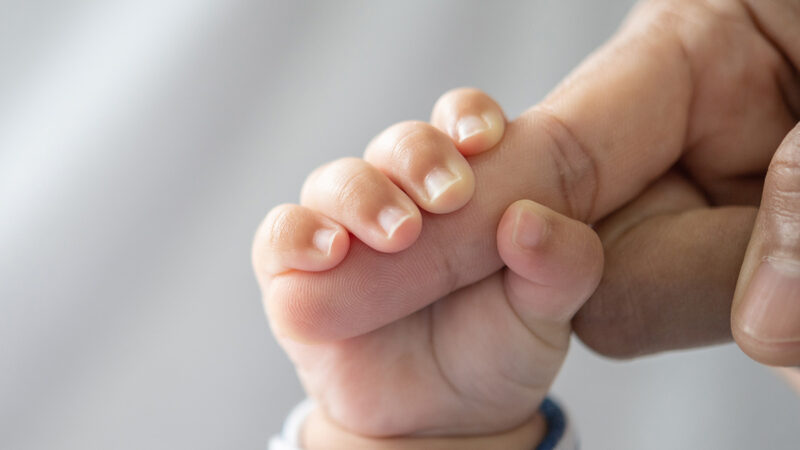Advancing Patient Safety and Equity: Tackling Neonatal Jaundice through Inclusive Procurement

World Patient Safety Day 2025 – 17 September
In alignment with the World Health Organisation’s 2025 Patient Safety Objectives – ‘Safe care for every newborn and every child’ – the NHS is taking critical steps to address health inequalities in neonatal care. This is particularly important in the identification and treatment of jaundice in children.
The Challenge: Jaundice and Diagnostic Inequity
Neonatal jaundice, caused by elevated bilirubin levels, is a common condition requiring timely diagnosis and treatment. However, transcutaneous bilirubin (TcB) meters, widely used for non-invasive screening, have shown reduced accuracy in babies with darker skin tones. This diagnostic disparity poses a significant patient safety risk, potentially leading to delayed treatment and adverse outcomes.
The NHS Race and Health Observatory has commissioned research to evaluate the effectiveness of jaundice screening in Black, Asian, and minority ethnic newborns, aiming to improve clinical accuracy and equity in care delivery.
Procurement with Purpose: Our Role
Sam Davis is the category manager for our Anaesthesia Machines and Ventilator Equipment framework. As part of the planning for the renewal of this framework, Sam completed a Health Equity Assessment Tool (HEAT) assessment to ensure procurement decisions actively address disparities.
This approach ensures that procurement is not only clinically effective but also equitable, aligning with the World Health Organisation’s call for system-wide improvements in paediatric safety.
This tool was launched in 2024 and continues to be implemented across our frameworks.
In this specific case, the HEAT assessment identified that:
- Jaundice meters and phototherapy devices are critical tools.
- Supplier insights are essential on device performance across ethnicities.
- For darker skin tones, there is evidence of underperformance in certain TcB meters.

Recommendations have been brought forward for inclusive product specifications and increased supplier engagement. These recommendations mean that suppliers will acknowledge:
- Limitations in TcB accuracy for dark skin.
- Reporting effective performance across all ethnicities is required using LED technology.
- Slight overestimations in black babies, which may prompt safer follow-up testing.
By integrating health equity into procurement frameworks, we are leading by example to help ensure that every child, regardless of ethnicity or background, receives safe, timely, and effective care. This commitment reflects both the World Health Organisation’s global vision and the regional / local responsibility of the NHS to eliminate avoidable harm and promote inclusive healthcare innovation.
Links section
-
Anaesthesia Machines, Ventilator Equipment and Related Accessories and Services
The framework agreement for the supply of Anaesthesia Machines, Ventilator Equipment and Related Accessories and Services
-
Patient Safety
The delivery of high quality, safe patient care relies on a resilient supply of high quality, safe products.
